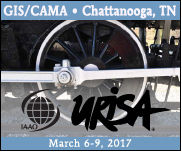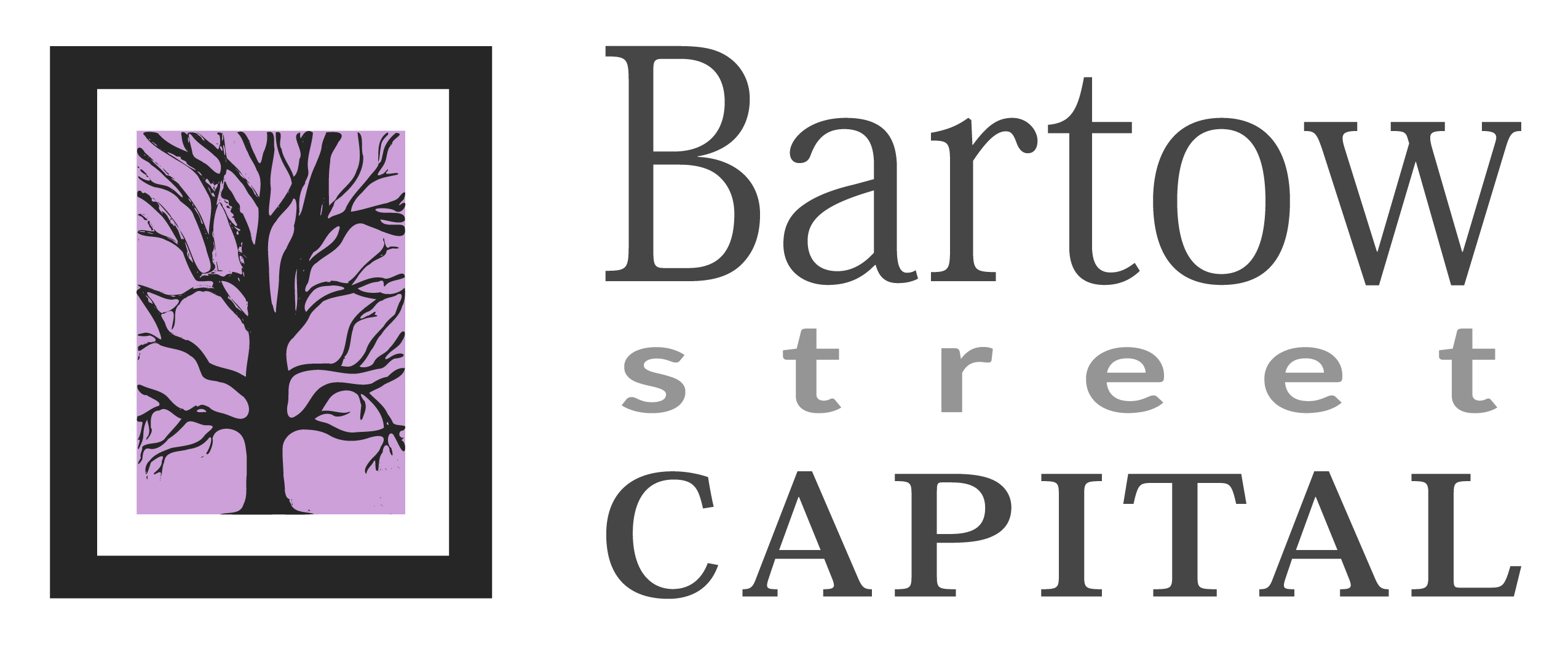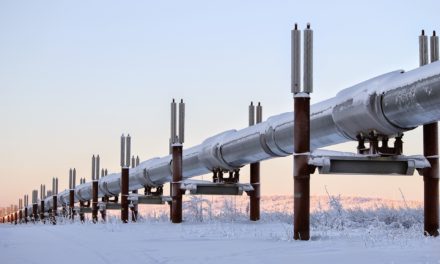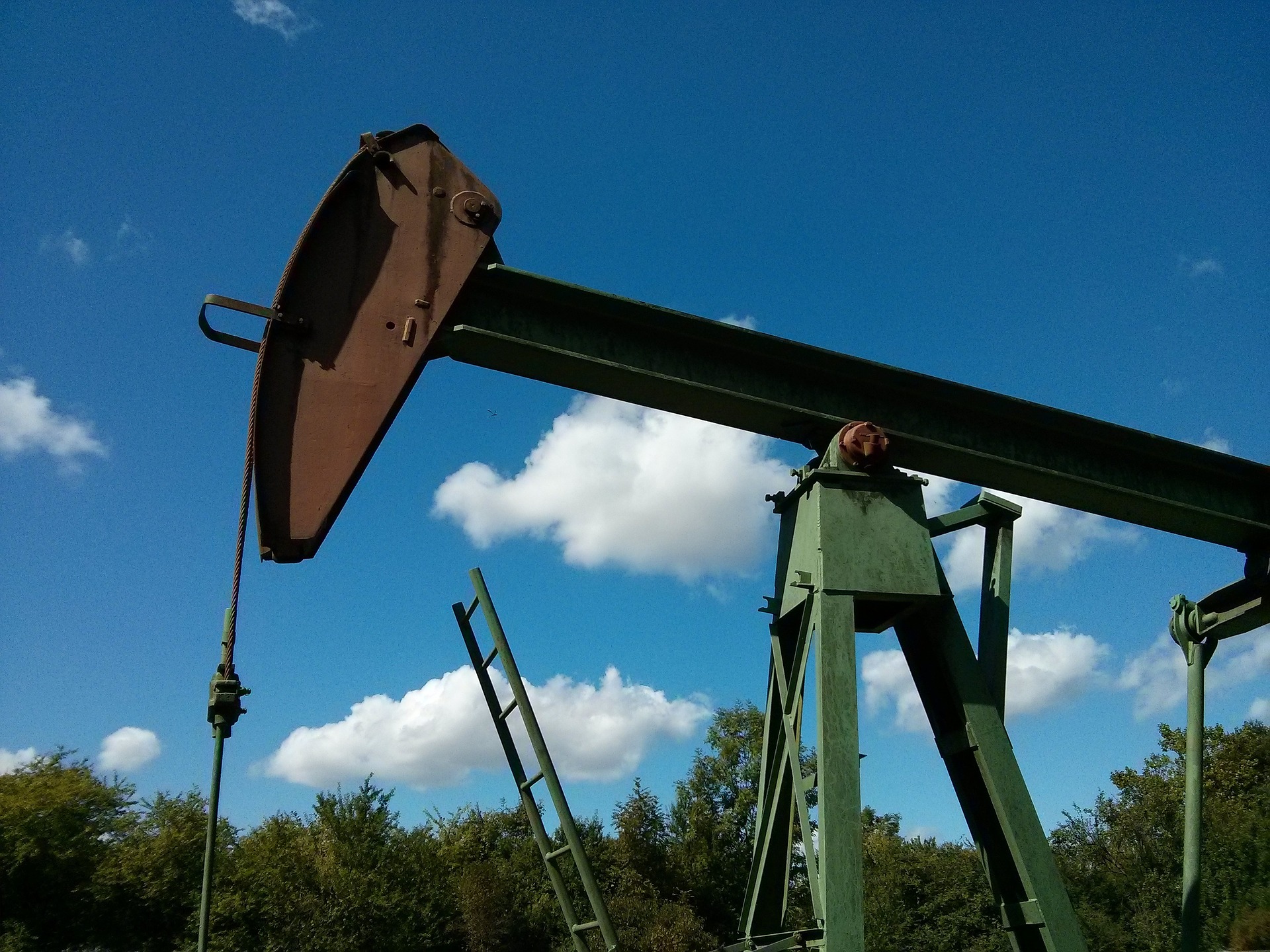 I attended the GIS/CAMA Conference in Chattanooga, Tennessee, on March 7 and 8. I attend these kinds of conferences fairly regularly because it has a technology focus. Vendors have their new products on display, and I even saw demonstrations of a few new products so that I can stay current with what’s available in the market.
I attended the GIS/CAMA Conference in Chattanooga, Tennessee, on March 7 and 8. I attend these kinds of conferences fairly regularly because it has a technology focus. Vendors have their new products on display, and I even saw demonstrations of a few new products so that I can stay current with what’s available in the market.
I attended a session featuring Jim Amorin and Paul Bidanset. The current president of the Appraisal Institute, Jim Amorin, provided an overview of different valuation methods, with a focus on automated valuation models (AVMs), broker price opinions (BPOs), and how they each are used in the appraisal and lending industries. As appraisal professionals and tax assessors know, an AVM by itself is not an appraisal. However, depending on the assignment, AVMs can be very useful tools in determining whether there is appraisal inflation occurring on a systematic basis, and whether there are individual appraisals that warrant additional screening to determine whether they were completed credibly in accordance with the Uniform Standards of Professional Appraisal Practice (USPAP). Under certain circumstances, consistent with USPAP Standard Rule 6, an AVM or other kind of mass appraisal model may inform an appraiser’s opinion of value.
Some of the more interesting comments made by Mr. Amorin were that appraisers escaped unscathed from the financial crisis and that the crisis was due more to “structural” factors; that (citing appraiser George Dell) an appraiser using AVMs does not need to understand the math or programming behind more quantitatively sophisticated techniques like regression analysis, only the throughput; and that USPAP is too complex.
In my opinion, having worked on more than 30 residential mortgage backed securities (RMBS) cases to date, appraisers may have escaped relatively “unscathed,” but evidence suggests that appraisers were indeed “blacklisted” for not “hitting value” as determined by some lenders, that appraisers did “cherry pick” comparable sales in an effort to “hit value”, and that appraiser pressure was felt by a large majority of appraisers responding to surveys, such as those done regularly by October Research.
Next, Mr. Bidanset, who is the CAMA modeler at the city of Norfolk, Virginia, and is finishing his Ph.D. at the University of Ulster, talked about the different ways to measure distance, whether that be “as the crow flies” or as travel time. In his models, he found that more accurate measures of property values could be obtained by incorporating travel time as a measure of distance instead of physical distance because of the nonlinearities in the road network in Norfolk.
I always enjoy hearing a wide range of viewpoints from our industry’s leaders. I may not always agree with their assessments, but hearing different opinions allows us to see issues from different angles.





Recent Comments